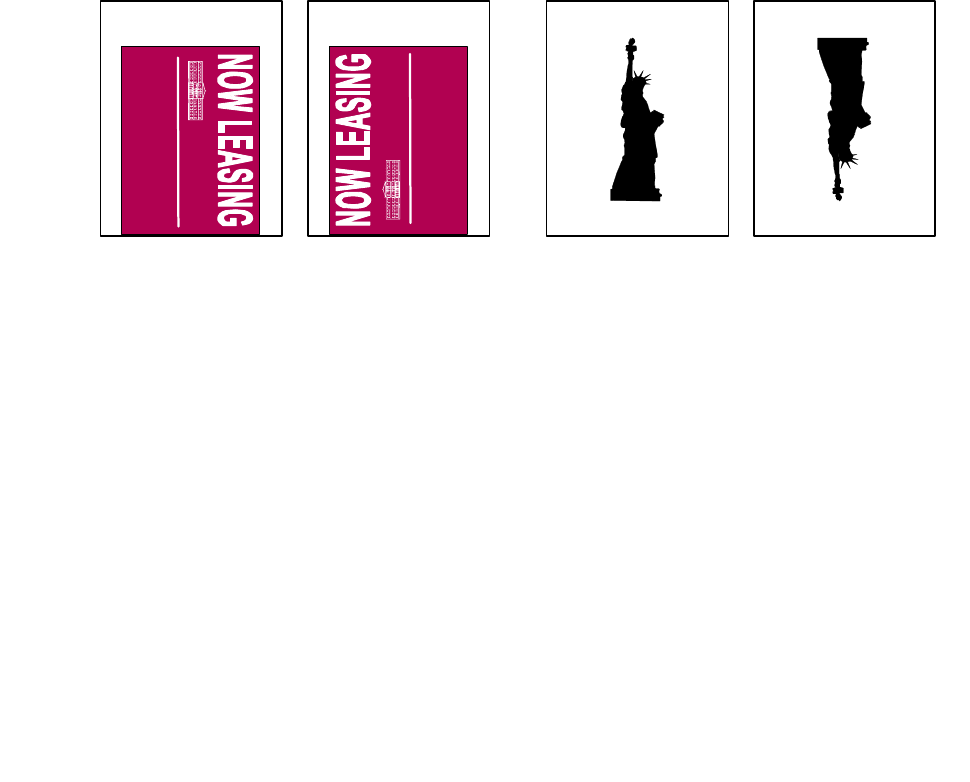
28
Two-Sided Printing
General Notes
If two-sided printing is required, waiting up to 24 hours for the ink on the front side to completely cure
may improve substrate feed performance on the back side. Low or minimum ink usage images are
recommended for two sided applications.
The success of two-sided printing depends largely on the qualities of the media. The printer uses
suction and friction to propel the media through the print zone, so good adhesion of the ink to the media
on side one is necessary to survive the printing on side two.
Loading Media for Two-Sided Printing
The printer automatically finds the media position from left to right (except in the special cases noted
earlier), so positioning on the belt is not particularly difficult. Using the techniques for front-edge
alignment described elsewhere in this document will also make front-to-back alignment reliable.
Preparing Image for Two-Sided Printing
In most situations, such as signage, the image for the second side will be rotated 180°. Using all of the
recommended practices described previously in this document, the two sides will print with alignment
suitable to the application.
For some applications, such as images that will be die-cut to a custom shape, the image should be
flipped in the Y-axis (top to bottom) and the media sheet also flipped in the Y-axis. This method will
achieve the greatest accuracy of alignment on the left and right edges. See the illustration below.
SIDE ONE
555-1138
E
RASMUS
B
.
D
RAGON
M
ANAGEMENT
, INC.
SIDE TWO
555-1138
E
RASMUS
B
.
D
RAGON
M
ANAGEMENT
, INC.
Typical Double-Sided Application
Image rotated 180°
SIDE ONE SIDE TWO
Die-Cut Application
Image Flipped in the Y-axis


















